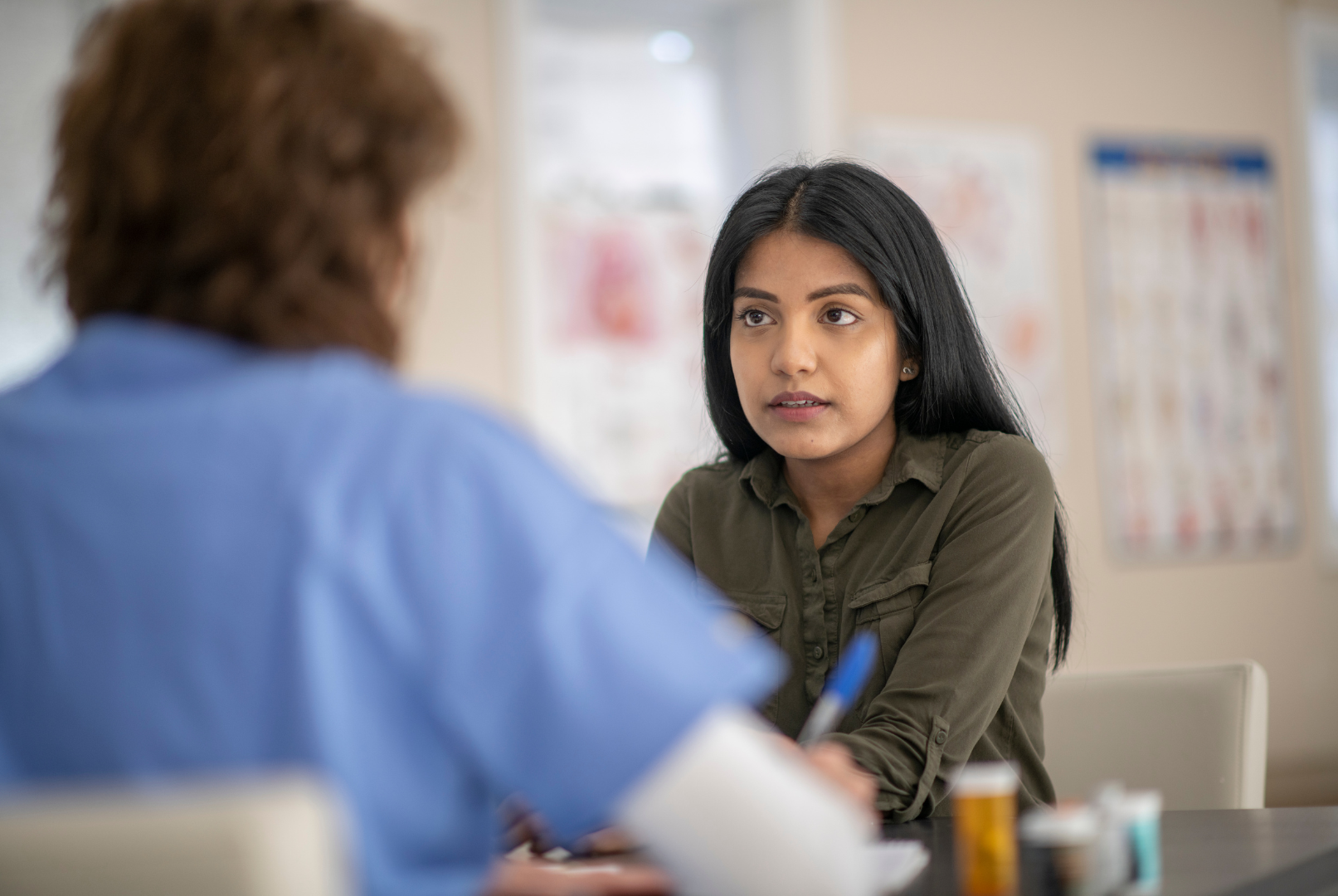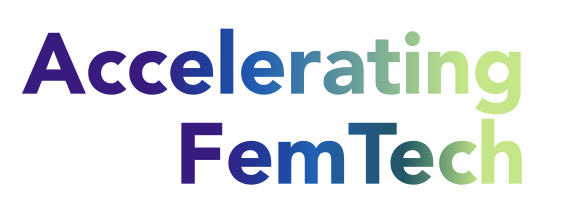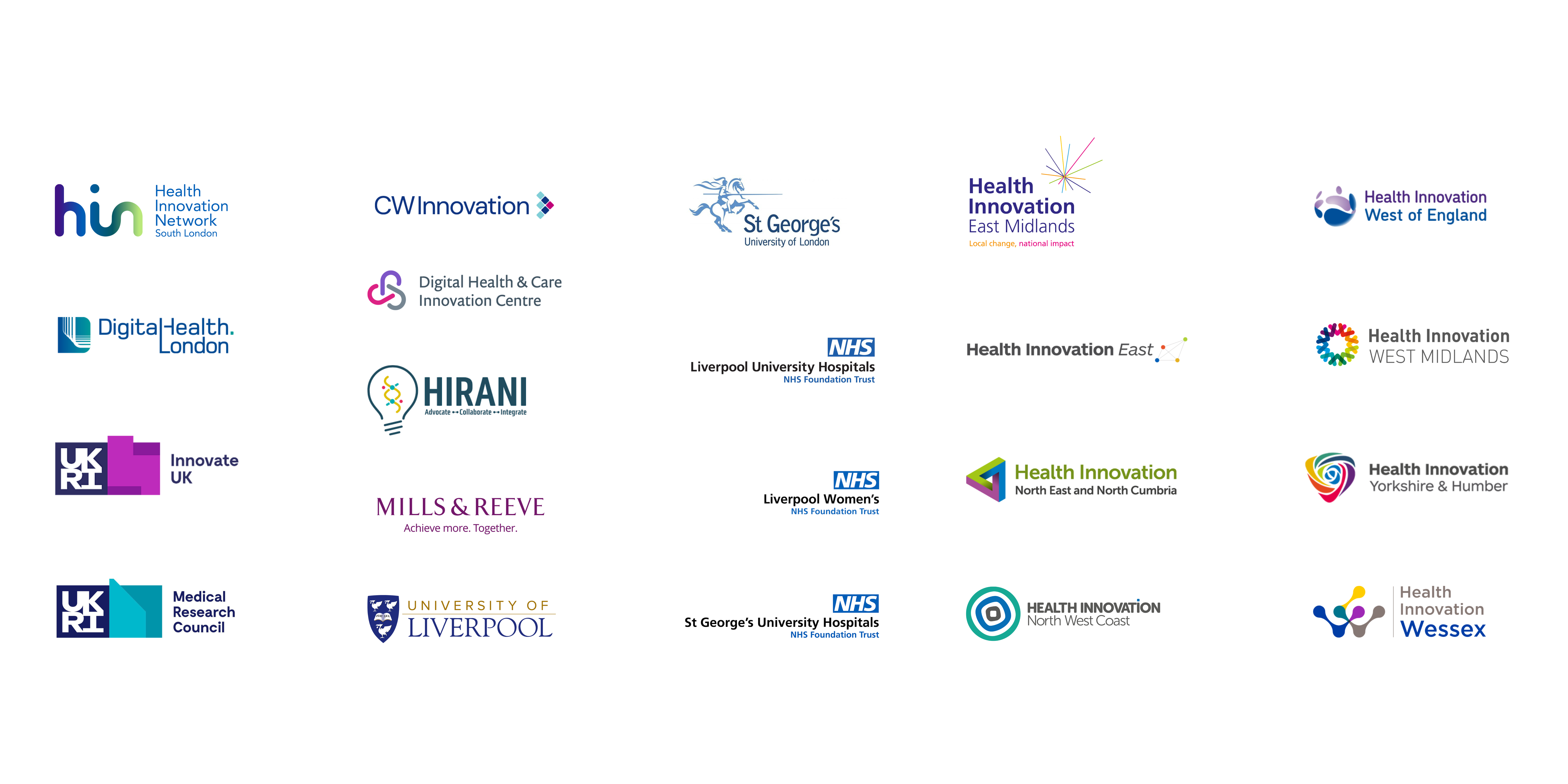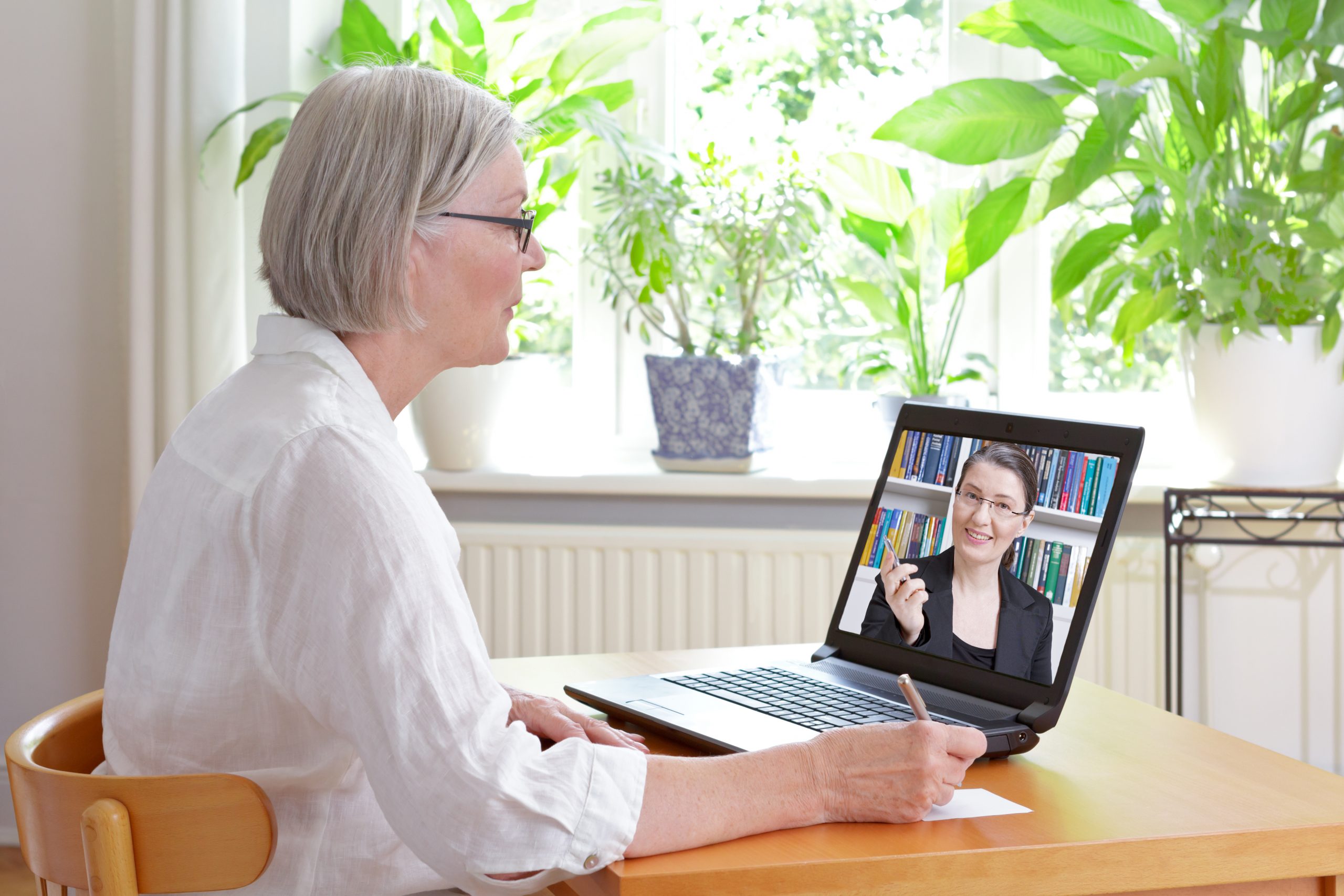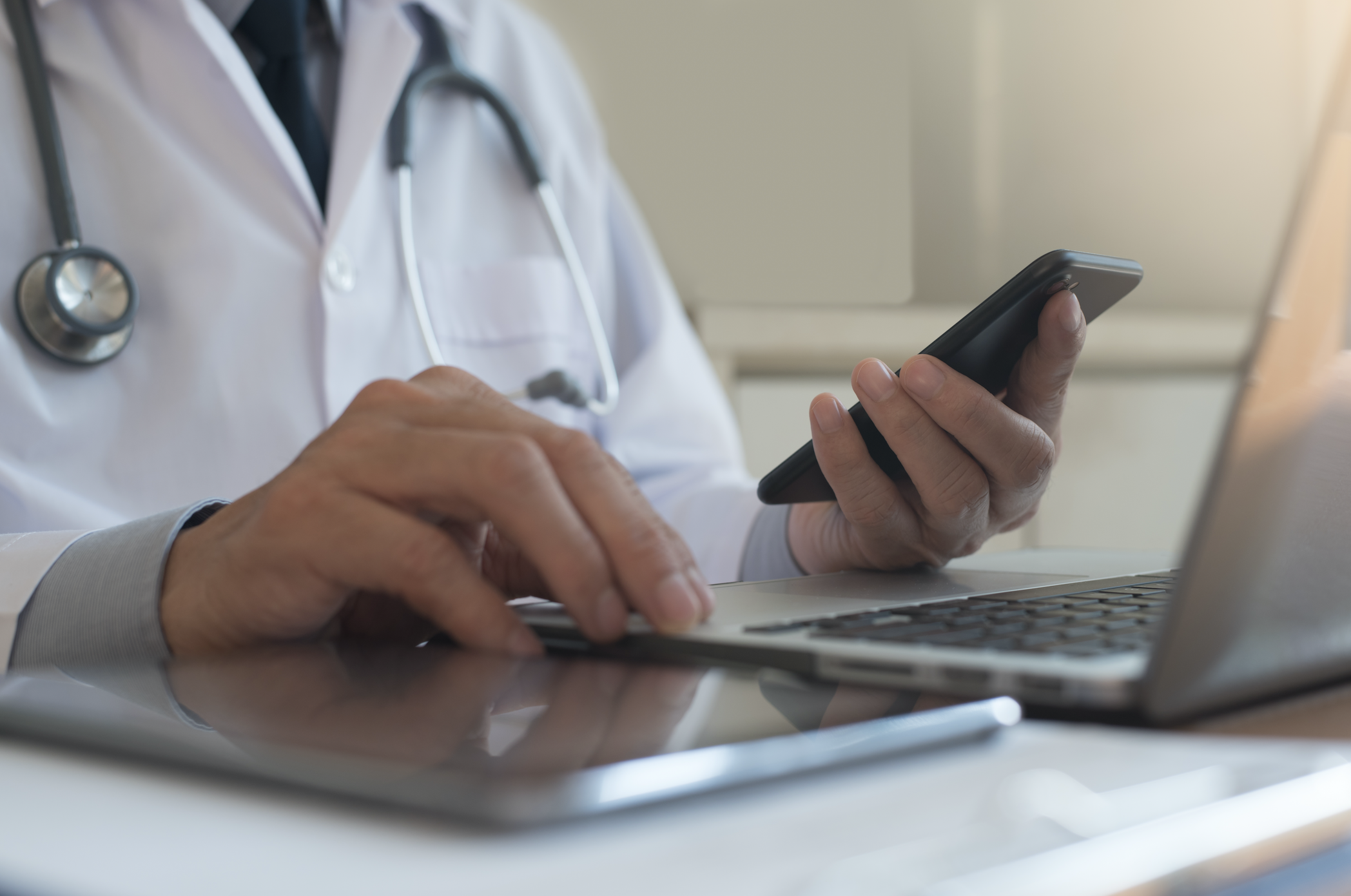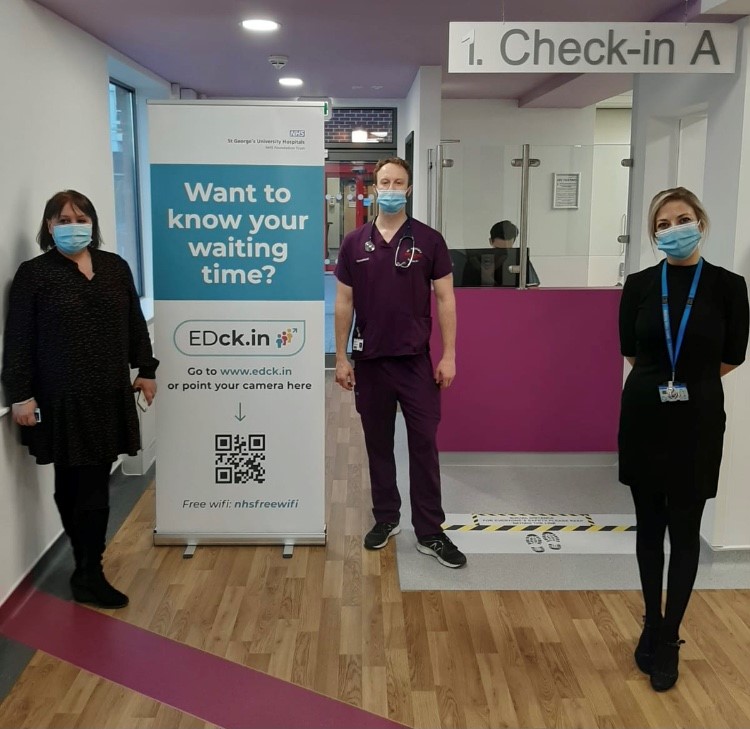Post Title
Across September and October, the Mindset-XR team hosted a series of roadshow events across the UK. These partner-led events have given communities the opportunity to share updates and make valuable connections.
In this blog, Senior Programme Manager, Jill Owens, reflects on these UK-wide roadshows, sharing key themes that have emerged.
Following the success of last year’s roadshow, we were excited to bring the Mindset-XR Innovation in Mental Health Roadshow back for 2025 – and what a journey it’s been.
As the programme has grown and gained momentum, its impact is increasingly clear with more innovations being trialled across the UK and a growing spotlight on groundbreaking work throughout the Nation.
Across the UK, each stop on the tour revealed powerful insights, brought to life through compelling lived experience stories from the frontline of immersive health innovation.
Short and Sweet Headlines are Best!
Short and Sweet Headlines are Best!
Short and Sweet Headlines are Best!
And we're off!
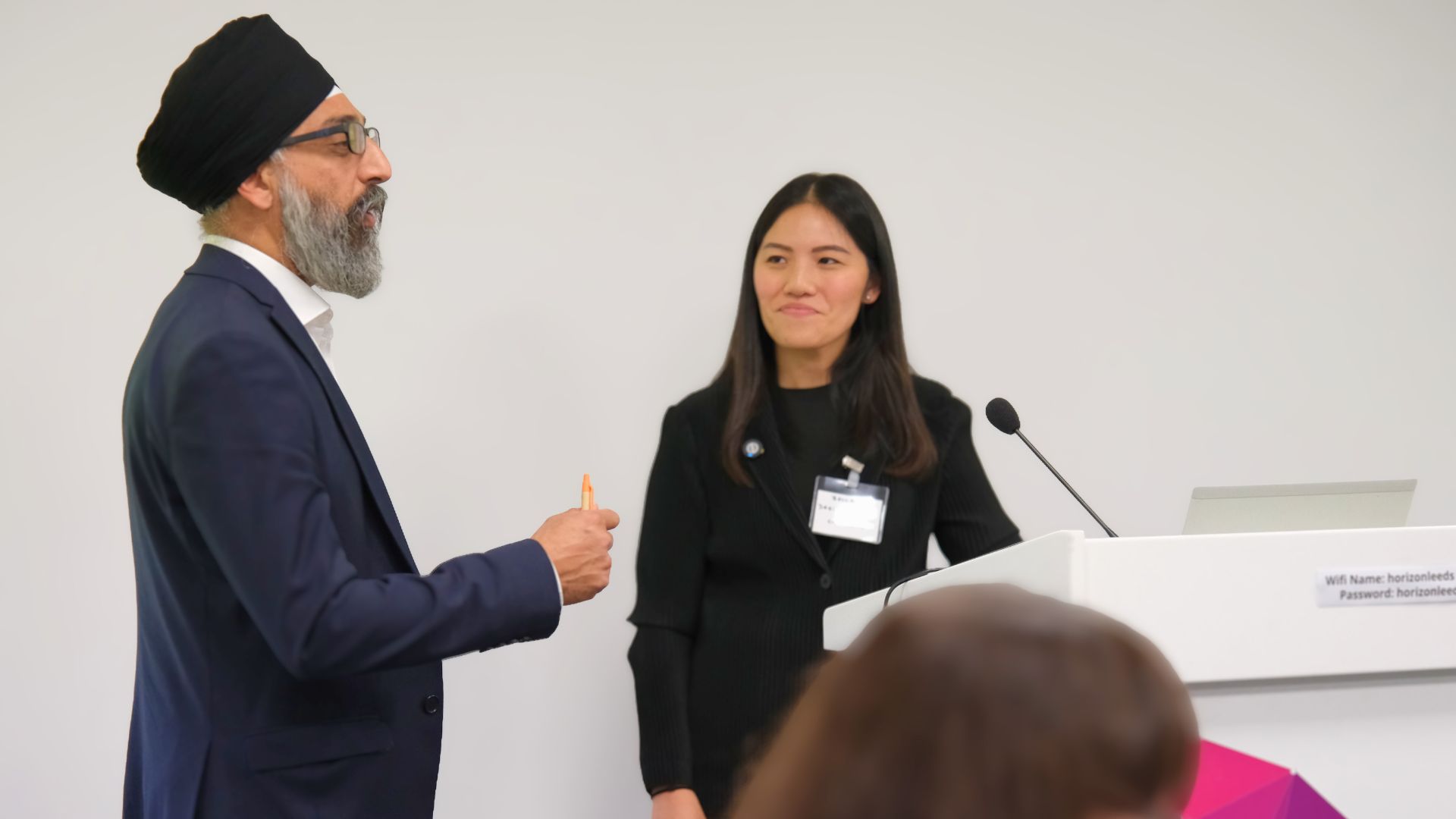
We couldn’t have asked for a better start to the roadshow — Leeds provided the perfect launchpad with its vibrant atmosphere and strong turnout, setting an energetic and optimistic tone for the journey ahead.
A standout moment came from John Sainsbury, Innovation Manager at Greater Manchester Mental Health NHS Foundation Trust, who shared powerful insights into the impact of gameChange VR therapy. Designed to support individuals with anxiety in everyday social situations, the technology has shown compelling results. John highlighted that many users reported reduced agoraphobia, with some experiencing a significant drop in avoidance behaviours and distress when navigating daily life.
John reflected on the broader challenges faced by innovators in the NHS, referencing the NASSS framework to illustrate the complex landscape of healthtech adoption. He emphasised the importance of understanding the practical work required to embed innovation and ensure successful implementation.
The speed networking session, facilitated by Inderjit Singh, Commercial Programme Manager at Health Innovation North West Coast, created space for meaningful conversations among innovators, clinicians, and academics where high-value connections were made in real time.
Mindset projects in attendance were XR Therapeutics Ltd, PixelMill Ltd and Human Studio Ltd.
Mind the gap
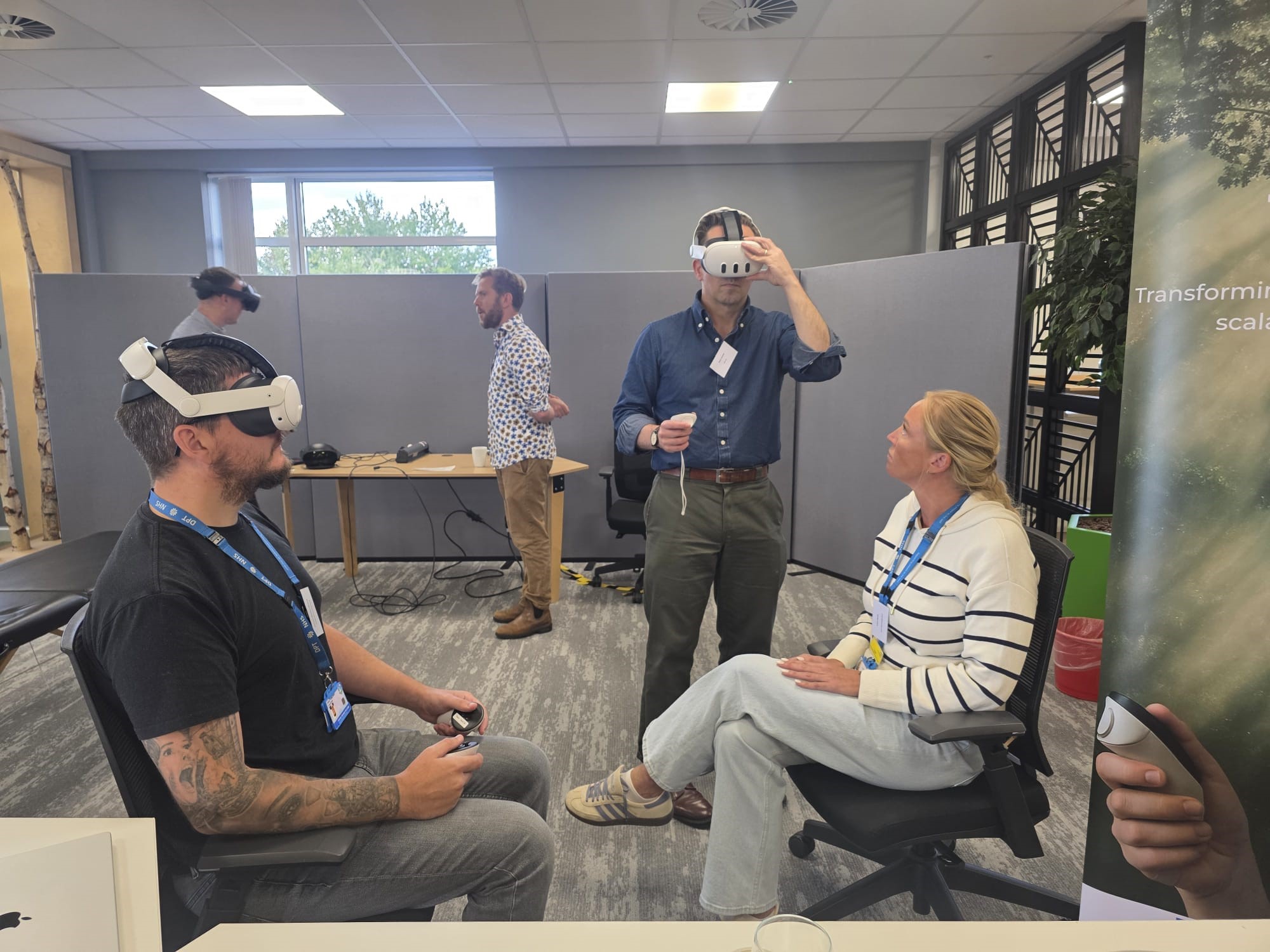
In Exeter, Nick Peres, Director of Digital Innovation and Transformation at Torbay and South Devon NHS Foundation Trust, delivered a compelling presentation titled Beyond the Pilot Phase. He addressed a common challenge in healthcare innovation: while most pilots succeed, few scale beyond the testbed. The gap between proof of concept and business-as-usual remains vast.
Nick outlined the pressures innovators face such as tight NHS budgets, the need to evidence clear return on investment, staff fatigue from the pace of transformation, demands for immediate measurable impact, and the imperative to tackle health inequalities. He stressed the importance of frameworks that bridge the divide between brilliant ideas and operational delivery.
A key theme from the day was the need to keep patient experience, clinical expertise, and digital innovation interconnected. Rather than treating these as separate pillars to balance, Nick proposed viewing them as an ecology of knowledge - a dynamic relationship where transformative potential emerges not from their simple combination, but from their mutual influence and integration.
We also heard from Sam Vine at the University of Exeter about the critical role data plays in helping innovators ensure their solutions reach people from all backgrounds without deepening existing inequalities. Their insights highlighted how inclusive innovation must be informed by robust, representative data.
Personal innovation journeys from Mindset-XR innovators Play Well For Life, Cineon, Tend VR were shared on the day.
Why going nationwide matters
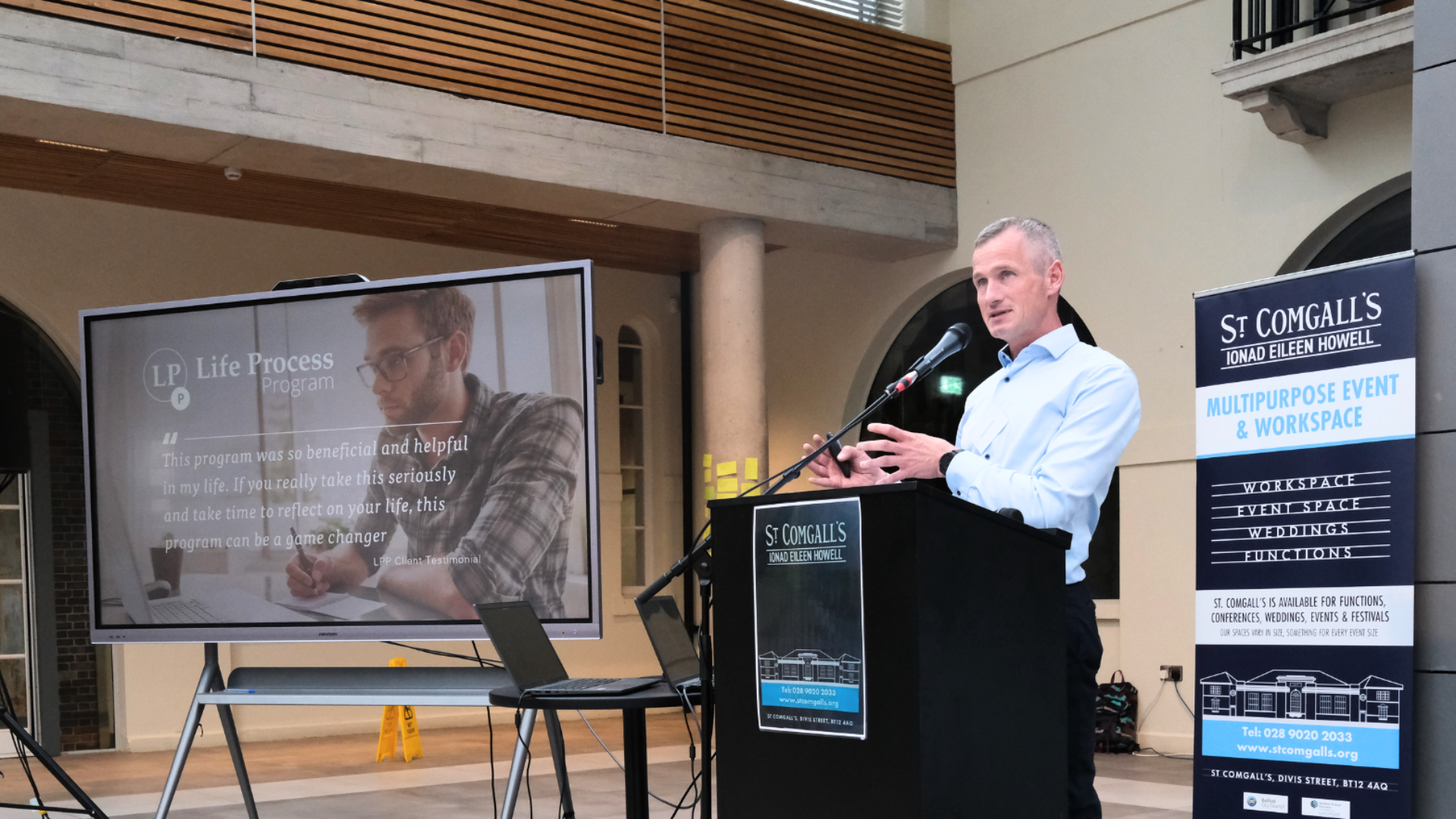
Taking the Mindset programme on a UK-wide roadshow is about more than just geography. By travelling across the UK, we’re connecting directly with communities and local partners who understand the unique cultural and economic contexts of their areas.
Visiting Belfast reinforced the value of engaging directly and in person. Sharing the day with the Academy of Medical Sciences helped frame the Mindset XR for mental health discussion within the broader context of the health system.
As with other areas, the city has faced, and continues to face, distinct challenges, and hearing thoughtful discussions about what’s needed to support its progress was truly invaluable.
Central to the day were stories from the lived experience experts. The audience was deeply engaged by their honest and compelling accounts of living with eating disorders and borderline personality disorder.
These stories also highlighted the strength of collaboration. The solutions presented felt genuinely co-designed, and it was clear that clinicians are actively engaging with real-world data to shape their approaches.
Daithi Conlon, MindTrack 360 and Chris Thomas, Propeer, delivered insightful presentations on the innovation landscape, sharing the challenges they've encountered in developing XR tools for mental health, as well as the opportunities they've discovered. Play Well For Life was present at the event.
Joy and playfulness
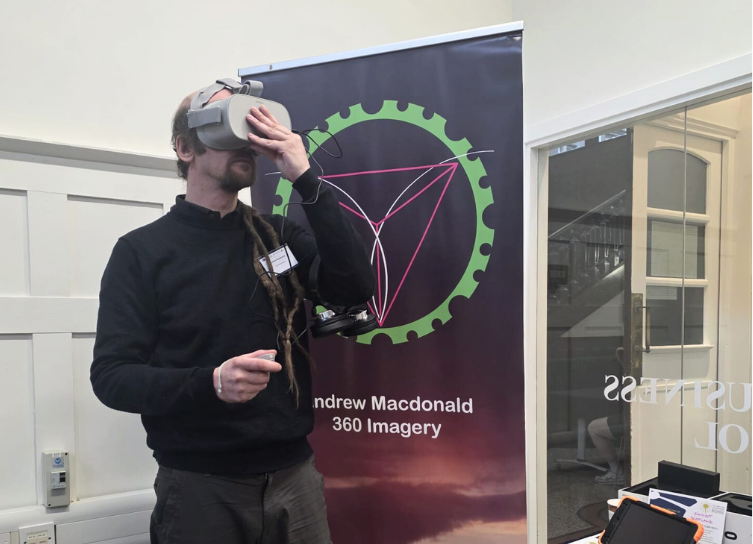
The Dundee roadshow offered a fresh perspective by spotlighting the city’s vibrant gaming community. Brian Baglow, founder of the Scottish Games Network, delivered a compelling talk on the value of incorporating elements of ‘joy and playfulness’ when addressing mental health challenges. His message was clear: play isn’t just for children, it’s a powerful tool for wellbeing.
While Dundee is renowned for its creativity and innovation, it’s not widely known that 1 in 9 professionals in the city work in the gaming industry. This statistic underscores the city's unique position as a hub for digital entertainment and interactive media.
Brian spoke passionately about how gamification permeates our daily lives more than we might realise from smartwatches that reward movement, to TV shows designed to keep us hooked. He encouraged attendees to rethink how game mechanics and playful design can be harnessed not just for entertainment, but for positive social impact.
We also got a good reminder from Steph Wright, Head of the Scottish AI Alliance, who highlighted the importance of technology having a clear and meaningful purpose. She emphasised that FOMO, fear of missing out, is not a strategy. Simply showcasing impressive capabilities isn’t enough to engage people effectively.
Matt Hoad-Robson, from Tend VR, shared how he created the first VR mindfulness-based cognitive therapy to be deployed by the NHS launching with Tees, Esk, Wear Valleys NHS Foundation Trust.
Familiar faces, fresh perspectives
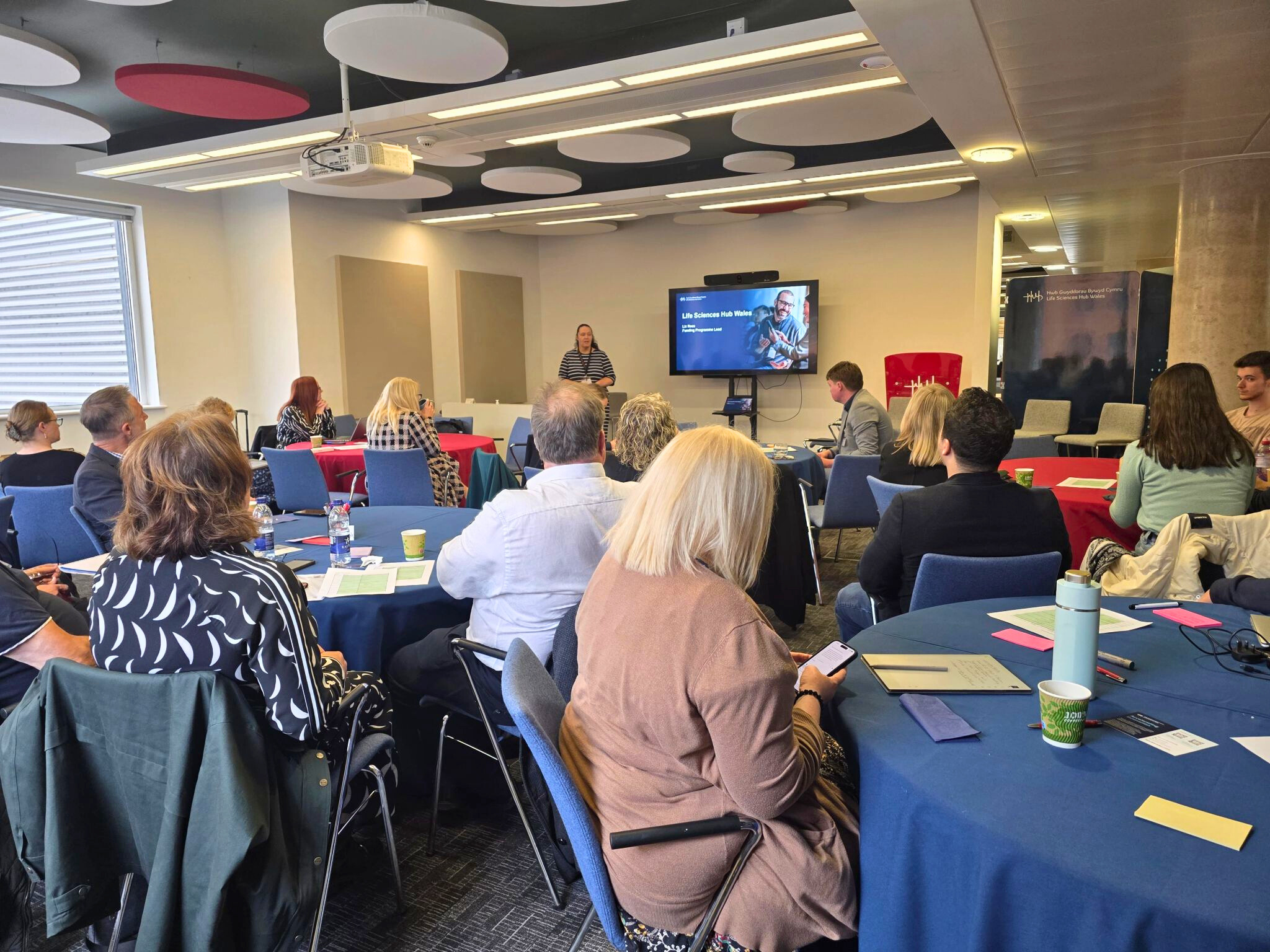
It was a real pleasure to welcome familiar faces back to the Wales Roadshow this year and to see new connections forming and existing relationships growing stronger. That sense of community added to the event’s electric atmosphere.
One of the standout moments came from Ceri Phelps, Programme Manager for the MSc in Applied Psychology at the University of Wales Trinity Saint David. Ceri introduced the inspiring Walking in Our Shoes project in partnership with Barrie Evans, Lived Experience Expert and Outreach Coordinator at the Limbless Association. This initiative is a powerful example of how lived experience and co-production can drive meaningful innovation in mental health support.
Funded by The VTCT Foundation , the project is reshaping how psychological and emotional support is designed for people living with limb loss. At its heart is a commitment to co-production ensuring that amputees are directly involved in creating resources that truly reflect their needs and realities.
With the roadshows soon drawing to a close, we have just one final stop on this exciting journey – London. The day promises to be rich with insights, featuring panels on lived experience, implementation, and impact. We’re also honoured to welcome Dr Mary Docherty, Consultant General Adult and Liaison Psychiatrist at South London and Maudsley NHS Foundation Trust, and National Clinical Director for Adult Mental Health at NHS England, as our keynote speaker. It’s shaping up to be a fantastic event – more on that next time….




